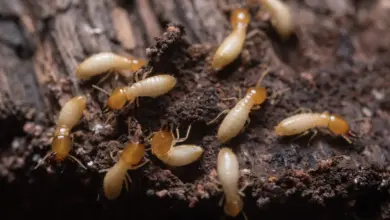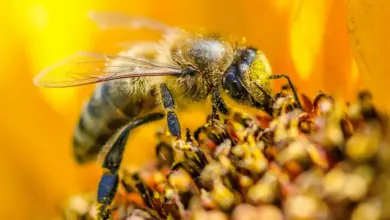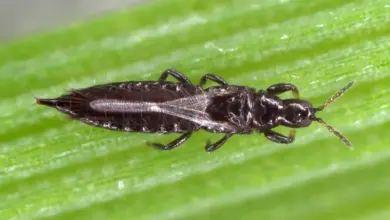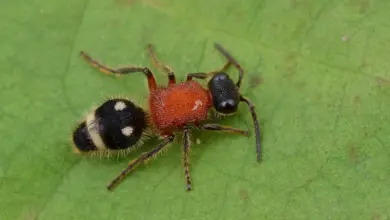Will Thrips Ruin My Harvest?
Will Thrips Ruin My Harvest? Essential Tips to Protect Your Plants
Thrips are tiny insects that can become a real problem for your harvest if not managed properly. They may not only damage the appearance of your plants and fruits, but they can also transmit viruses, affecting the overall quality of your harvest.
You might wonder, will thrips ruin my harvest? The answer to this question depends on the severity of the infestation and your approach to managing it. If you are diligent about monitoring your plants, employing prevention methods, and taking action at the first signs of thrips, you can minimize their impact on your harvest.
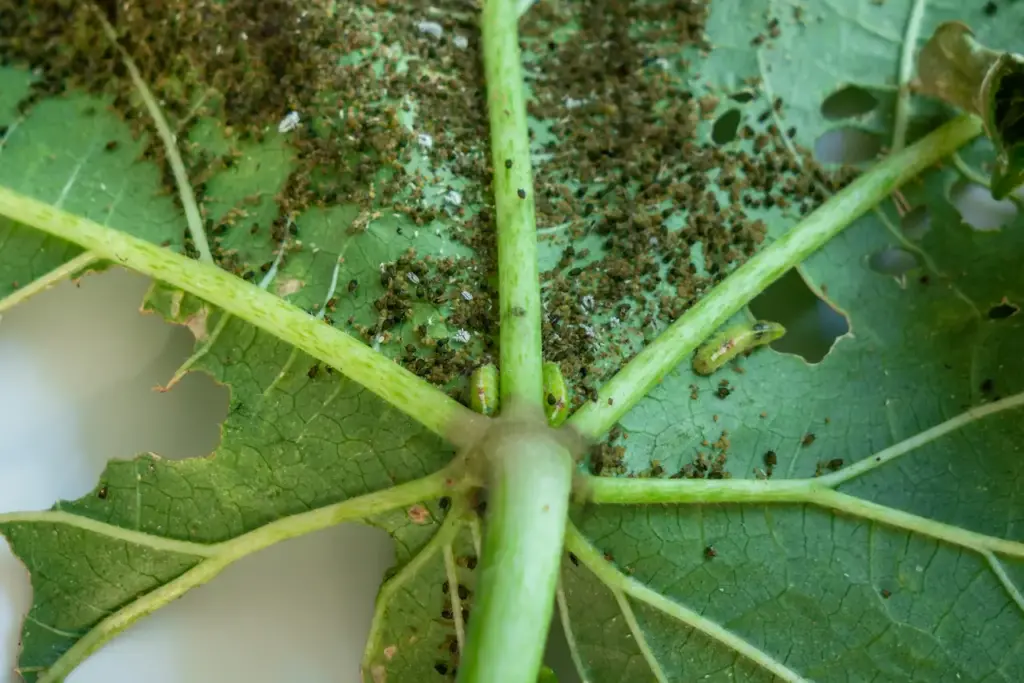
It’s important to educate yourself about thrips, their impact on plant health, and methods for controlling them effectively. Be prepared to use a combination of techniques, including monitoring, cultural practices, and biological or chemical controls. This proactive approach will help you to maintain a healthy harvest despite the presence of these pesky pests.
Understanding Thrips
Life Cycle of Thrips
Thrips have a complete life cycle consisting of eggs, larvae, pupae, and adults. Females lay their eggs on plant tissues which hatch into tiny larvae. These larvae feed on the plant and eventually progress into the pupal stage, typically in the soil or on the plant itself. Finally, they emerge as adults, ready to feed and reproduce. The entire process can take anywhere from a few weeks to a month, depending on the species and environmental factors.
Species of Thrips
There are thousands of different species of thrips, but a few are particularly known for causing significant damage to plants. Some examples include the citrus thrips and the greenhouse thrips. Each species may have specific preferences in terms of host plants and environmental conditions.
Thrips and Their Environment
These tiny, winged insects thrive in warm temperatures and generally prefer areas with high humidity. They are common pests in greenhouses and gardens, particularly where there is an abundance of flowers or fruiting plants. Soil type, temperature, and moisture can also be factors in the success of a thrips population.
Thrips vs Other Pests
Compared to other pests like spider mites and aphids, thrips are smaller and tend to cause more subtle damage to plants. While predatory mites can help keep thrips populations in check, it is important to monitor your garden for any signs of infestation.
Thrips on Cannabis Plants
Thrips can pose a threat to cannabis growers, as they feed on the leaves, flowers, and buds of marijuana plants. Besides causing physical damage, their feeding can result in stunted growth, wilting, and reduced crop yield.
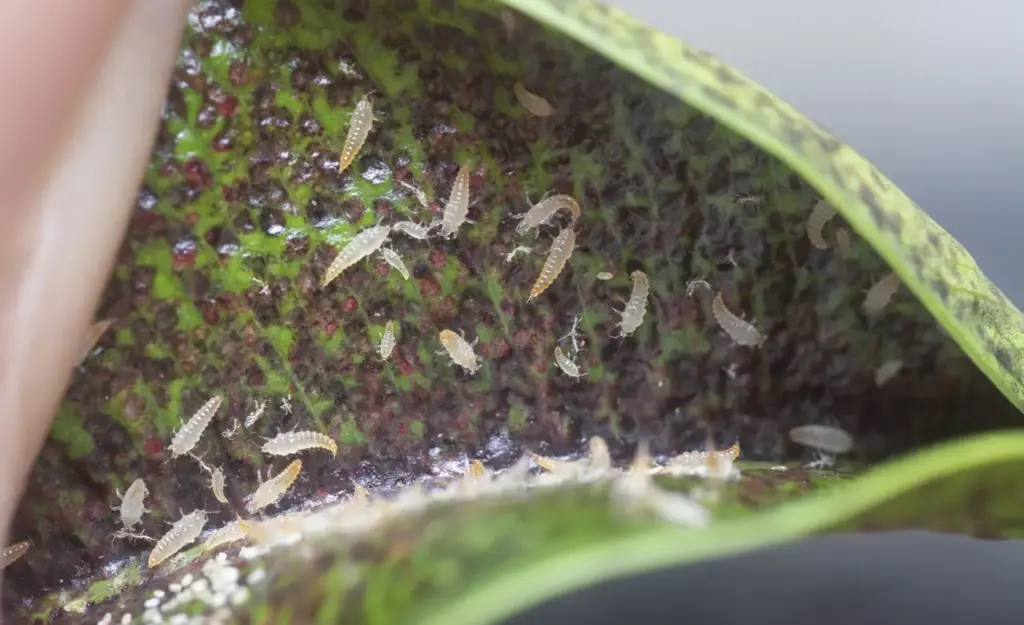
Signs of Thrips Infestation
Keep an eye out for the following signs of thrips infestation:
- White or silvery spots on leaves
- Brittle leaves
- Scarring or deformation
Damage Caused by Thrips
Thrips cause damage to plants by puncturing plant tissues and sucking out the sap and chlorophyll. This feeding can lead to deformed leaves, reduced quality, and lower crop yields. In severe cases, the damage they cause can even result in the death of the plant.
Preventing and Controlling Thrips
Here are some methods to help prevent and control thrips:
- Monitor your plants for any signs of infestation
- Introduce predatory insects like ladybugs or lacewings
- Use a strong water spray to dislodge thrips from your plants
- Apply insecticidal soap or neem oil for a more organic solution
Remember, prevention and early detection are key to preventing thrips from ruining your harvest.
